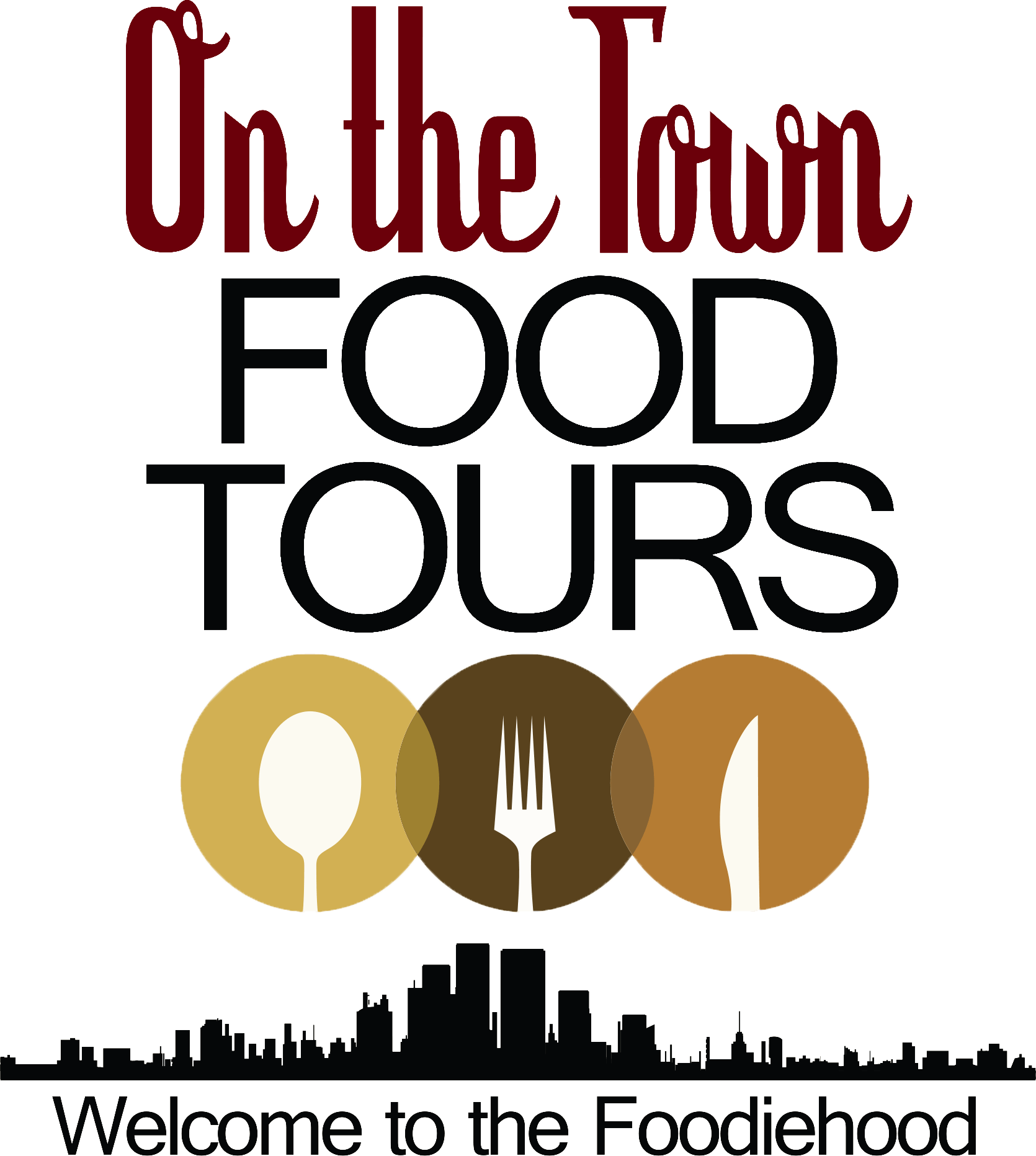A Taste of Tradition: Exploring the Rich World of Turkish Cuisine
Why Turkish Cuisine Captivates the World
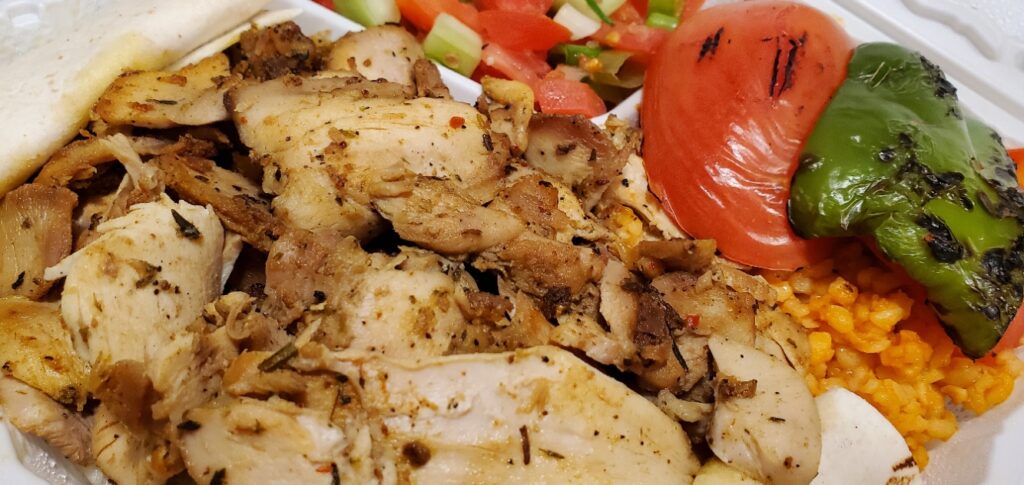
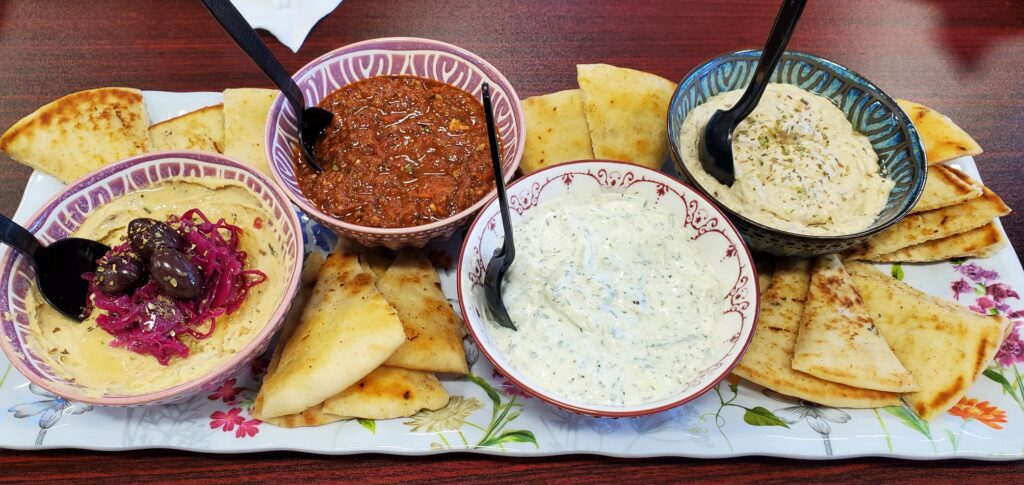
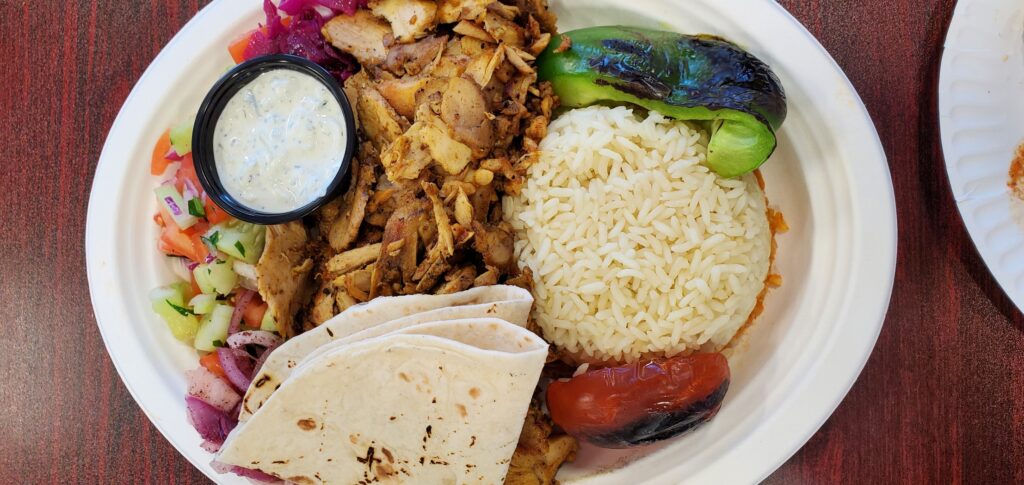
Turkish cuisine is one of the most diverse and flavorful food traditions in the world. Born from nomadic roots, refined in the Ottoman Empire, and adapted across continents, Turkish food blends East and West, ancient and modern.
Today, you can enjoy the best Turkish dishes not only in Istanbul or Gaziantep, but also in Turkish restaurants across the United States, where immigrant chefs have brought their flavors to new audiences.
A Brief History of Turkish Food
- Nomadic Beginnings: Early Turkic tribes ate lamb, yogurt, and grains cooked over open fires.
- Seljuk & Ottoman Influence: Palace kitchens at Topkapi refined techniques, layering pastries, perfecting kebabs, and creating sweet desserts like baklava.
- Regional Diversity: Coastal areas feature olive oil and seafood, while Southeastern Turkey is famous for spicy kebabs and pistachio-based sweets.
- Modern Era: Turkish cuisine continues to evolve, especially in the diaspora, where local ingredients and preferences shape how dishes are served.
Top Turkish Dishes You Must Try
1. Döner Kebap
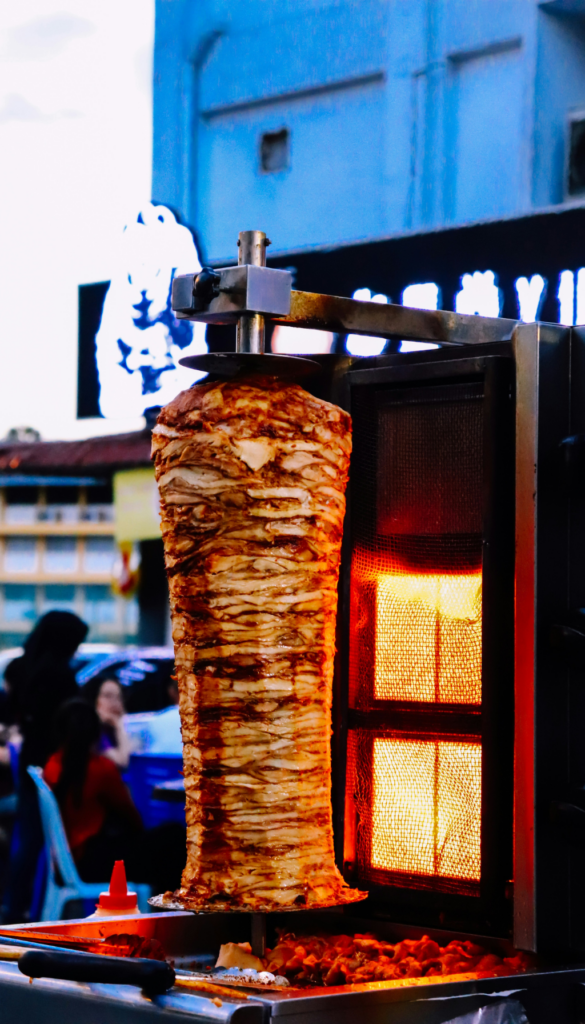
Thinly sliced roasted meat stacked on a vertical spit. First popularized in 19th-century Ottoman Turkey, it inspired global favorites like shawarma and gyros. In the U.S., you’ll often see it in wraps or sandwiches.
2. Sis Kebab
Marinated cubes of lamb or beef grilled on skewers. A nod to Turkey’s nomadic roots, where herders cooked meat over open fires.
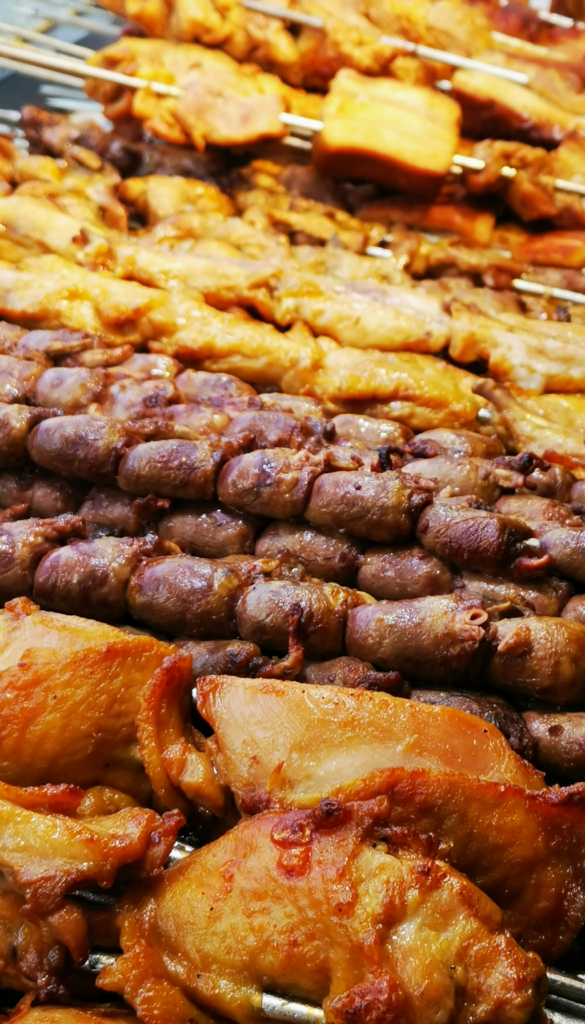
3. Köfte (Turkish Meatballs)
Savory patties made of ground meat, herbs, and spices. Regional variations abound, such as inegöl köfte, first created by an Ottoman immigrant in 1893.
4. Pide & Lahmacun
Boat-shaped pide comes topped with cheese, sausage, or egg. Lahmacun is a thin flatbread topped with minced meat and spices, often called “Turkish pizza.”
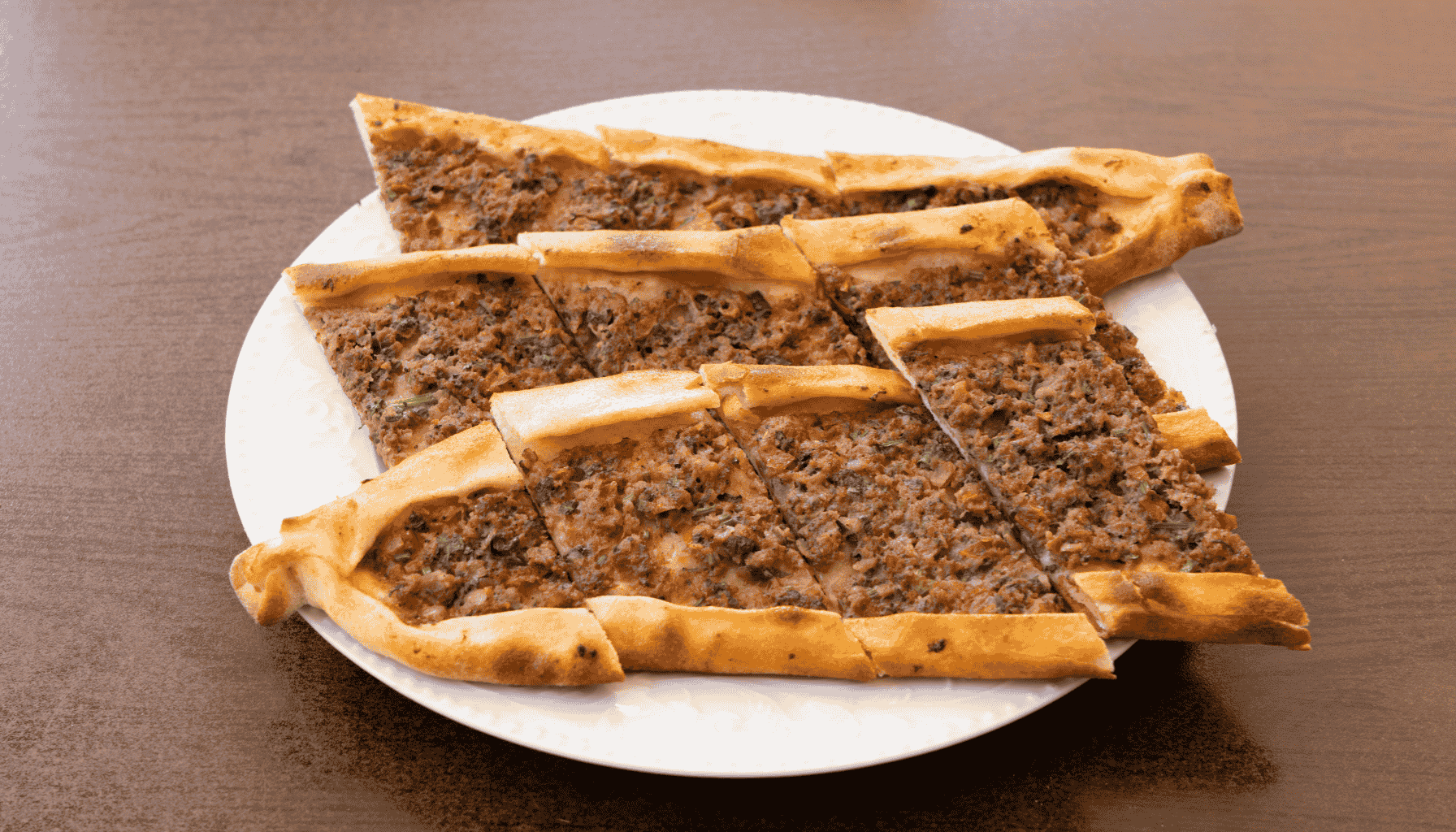
5. Manti (Turkish Dumplings)
Tiny dumplings filled with meat, served with yogurt and garlic butter. Kayseri is famed for its miniature version, a true test of culinary skill.
6. Dolma & Sarma
Stuffed vegetables (dolma) or rolled grape leaves (sarma), filled with rice, herbs, or minced meat. Traditionally made for family gatherings and holidays.
7. Baklava

Flaky layers of pastry filled with pistachios or walnuts, soaked in syrup. Gaziantep’s pistachio baklava is world-famous, but you’ll find delicious variations in America too.
8. Güllac
A delicate dessert made of thin pastry soaked in rosewater milk and layered with walnuts, topped with pomegranate seeds. Traditionally eaten during Ramadan.
9. Iskender
A traditional dish that includes meat (beef or lamb) over bread, tomato sauce, and butter with yogurt on the side. Named after inventor, Iskender Efendi, who lived Bursa in the late 19th century (Ottoman Empire).
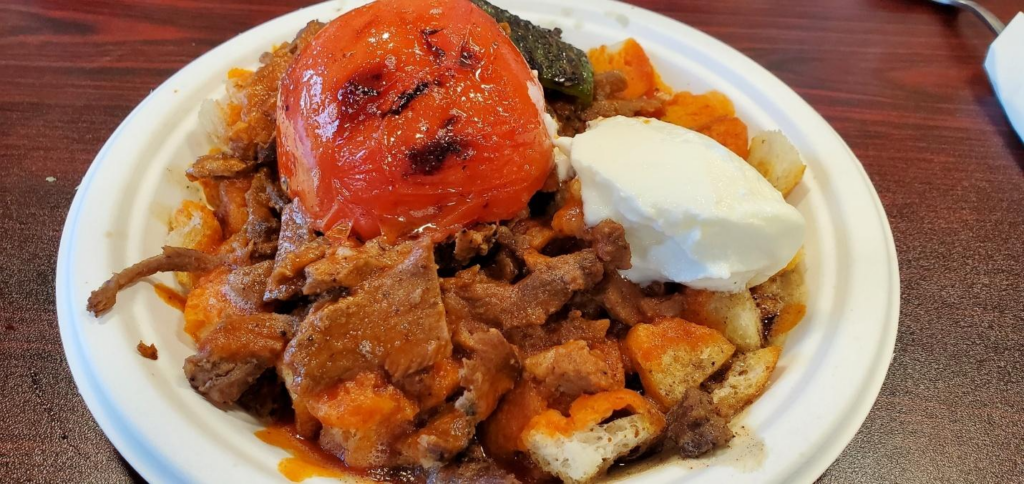
Food as Ritual in Turkish Culture
Turkish food is about more than taste, it carries meaning.
- Bread (ekmek) is sacred and wasting it is frowned upon.
- Rice pilaf (pilav) often appears at weddings, funerals, and religious gatherings.
- Desserts like güllac are linked to Ramadan, marking special times of the year.
Meals are designed for sharing, reflecting a deep cultural value of hospitality.
Regional Flavors of Turkey
- Aegean & Mediterranean: Olive oil, herbs, fresh vegetables.
- Southeast Anatolia: Bold spices, kebabs, pistachio desserts.
- Black Sea: Anchovies, corn, hazelnuts.
- Central Anatolia: Dumplings, hearty stews, wheat-based dishes.
Each region offers a distinct taste of Turkish identity.
The Diaspora Effect: Turkish Cuisine in America
Turkish food has traveled far beyond Anatoli, and in the U.S., it has taken on a unique identity.
- Immigrant Adaptation: Turkish immigrants opened restaurants in cities like New York, Chicago, and Los Angeles. To appeal to American tastes, portions grew larger, spices were often toned down, and menus featured grilled meats.
- Signature Dishes Abroad: Döner kebap became the go-to sandwich or wrap, and baklava often became sweeter than its crisp, delicate Turkish counterpart.
- Fusion Trends: Turkish-American chefs are experimenting, offering vegetarian manti, meze (small appetizers) paired with Californian wines, or creative takes on pide with farm-to-table toppings.
- Community Hubs: Places like Paterson, NJ, and Brooklyn, NY, host authentic Turkish bakeries and restaurants where traditions remain strong while new audiences discover them.
For many Americans, visiting a Turkish restaurant is a first step into Middle Eastern and Mediterranean dining — familiar enough to try, but unique enough to excite.
Why You Should Explore Turkish Food
- Flavor diversity: From fiery kebabs to delicate yogurt sauces.
- Balance of tradition and innovation: Ancient recipes meet modern twists.
- Hospitality: Meals are made to be shared, creating connection.
- Accessibility: Turkish food is thriving in the U.S., you don’t have to travel far to taste it.
Turkish cuisine is more than food, it’s history, migration, and community served on a plate. Whether you’re eating manti in Kayseri, baklava in Gaziantep, or a döner wrap in New York City, you’re tasting centuries of tradition transformed by culture and geography.
For American readers, the takeaway is simple: seek out your local Turkish restaurant, order something you’ve never tried before, and share it with friends. Because in Turkey, and in Turkish kitchens across America, food is meant to bring people together.
Book With Us!
Book your Turkish restaurant visit with On the Town Food Tours in Haddon Township, NJ (Haddon Township Food Tour) where the food is fresh, authentic, and delicious.
